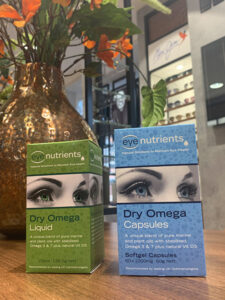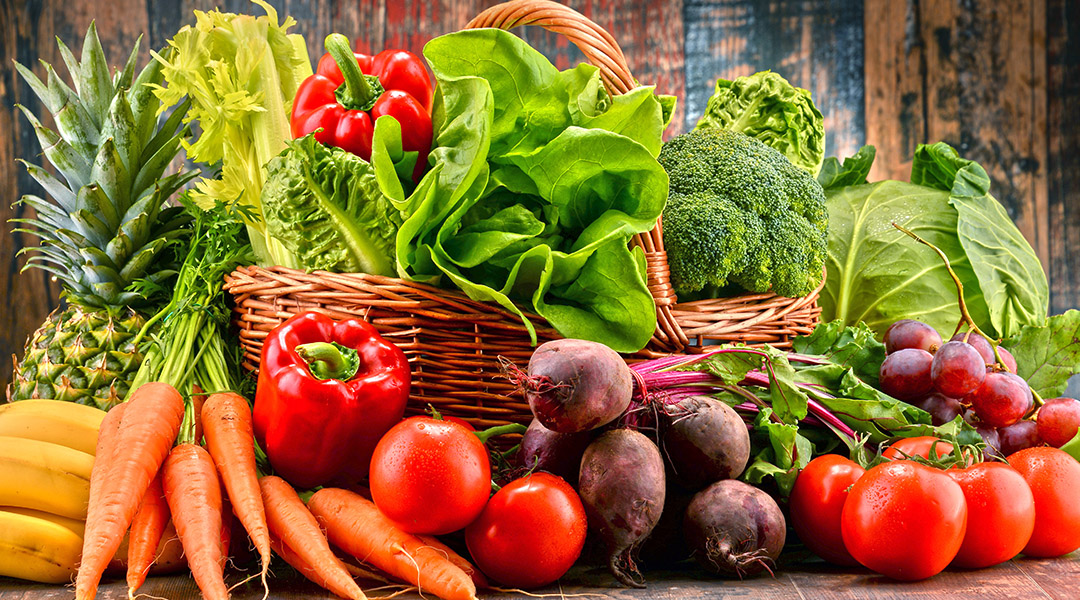Category: Eye health
Can we eat our eyes healthy?
Can we eat our eyes healthy or do we need a little more help?
It really is true; you are what you eat.
At the start of the year we all decide our bodies should be a temple, well maybe not this year, but we do tend to see the beginning of a new year as the time to reassess our health and wellbeing.
Our diet is certainly one of the areas we tend to try to look at, even if it’s just to shed a few lbs or to get fit and healthy.
Our diet also plays a huge part in the way our eyes and vision work. We can be quite aware on how what we eat effects our waistline, but should we be more aware of what can be done to improve our sight and eye health too?
We have all heard the old wife’s tale of eating carrots helps you see in the dark, but is there any truth in it? Well maybe not completely but there are a few areas of our eyesight that can be helped by what we consume.
Unfortunately, we can’t all be health Gurus, and we don’t all have access to the best natural food types, so in such circumstances, should we choose supplements to help?
There are different types of food/health supplements available, and sometimes we do actually need to make use of them as we can’t get what we need just by changing our diet. For some elements we need to have had a prolonged intake of the nutrients to make a huge difference, what would take years to rebuild in our bodies could take only a few months with the aid of supplements.
Our vision system is made up of many different components, so how can you help improve your eye health with your diet?
Front of the eye:

Did you know that your tears are there to help you see and not just for when you feel like crying?
Your tears form the outermost layer of your vision, if you have poor quality or quantity of tears then your vision is often uncomfortable, blurry, distorted, and fluctuating.
If you think of the tears as your first window, light has to pass through this layer uninterrupted to allow good vision further back. It’s like looking through multiple layers of glass, if the first layer is cracked or broken then what you see will also be distorted.
Tears also provide a protective smooth layer to aid comfort and to reduce drying out of the front surface of the eye. Those who suffer from dry eye often complain of discomfort, grittiness, constantly watering or poor vision.
Our tears have three layers.The tear film is made of three layers:
- An oily layer – Lipid
- A watery layer – Aqueous
- A mucus layer – Mucin
Arguably the most import layer for vision is the lipid layer. This helps to protect and lubricate the eye; this is also the layer that provides the smooth surface to aid clear vision. If your quality or quantity of the oils is poor then these effects your vision and comfort. If you are a dry eye sufferer, you would be wise to look at how you can make a few changes in to help your tear quality improve.
How can you improve your tears with Diet?

Consumption of antioxidants and Omega-3 (e.g. fish oil and linseed oil), omega-6 (e.g. evening primrose oil) and Omega-7 fatty acids can help improve the quality and quantity of the lipids and mucins produced. Vitamin A helps cells regenerate and heal.
These can be found in foods such as cold-water fish like salmon, cod, mackerel and in seeds like flak and linseed. By improving your intake of these nutrients, you can make a difference. If like me though you don’t like fish there are options.
The use of Supplements here can speed up the way the body reacts to these nutrients, the compounds used are designed to be absorbed easier and together and to target the correct areas of the body rather than to be taken up elsewhere.
We recommend Eye Nutrients Omega supplements, these contains essential vitamins to help combat dry eye, and are also available in liquid form if you struggle to take tablets.
Back of the eye:
Our body needs to protect itself against the elements and also against damaging factors such as certain wavelengths of light. We all know about how our skin protects us from the damaging effects of the sun’s radiation and UV. Our body contains a number of pigment cells such as melanin, it’s what gives us our hair, skin and eye colours, these pigments are designed to protect us from UV. We all have a difference in concentrations of these pigments, its why we have variations in hair and skin colour. Our environment can dictate this and so can the foods we have available to us.

As well as the obvious protection we can see, there are also other part of the body that need protecting from other damaging kinds of light.
The retina in the eye is the part of your vision system that interprets what your eye has seen, this highly innovative and complicated structure also needs to be protected from excessive damage. Here we find something called macular pigment. Its role is to protect the most detailed and crucial part of the retina from over exposure to Blue light. Excessive or prolonged blue light exposure leads to a condition called Macular Degeneration, often referred to AMD, (Age-related Macular Degeneration). The macular area of the retina is responsible for our central and detailed vision, if this area is damaged then it can lead to vision loss or distortion. Macular Degeneration is the biggest cause of vision loss worldwide.
Macular pigments are derived from a diet rich in fruits and vegetables. They are the pigments, known as carotenoids, which give carrots, sweet potatoes and peppers their vibrant color. Carotenoids are yellow, orange, and red lipophilic pigments that occur in plants, as well as some in bacteria and fungi.
These naturally occurring compounds have important roles: they absorb light energy and they provide protection from the damaging effects of that light energy.
The ability to absorb light and protect against light damage is important for the health and function of the human eye. There are over 600 carotenoids known in nature. People cannot synthesize carotenoids, and so they must get them from the food they eat. The human diet typically includes about 50 carotenoids, However, only three carotenoids are deposited in the macula. These carotenoids, lutein, zeaxanthin and mesozeaxanthin, are the macular pigments.
Macular pigments protect photoreceptors in the macula by absorbing damaging blue and near-ultraviolet light. Macular pigments are also powerful antioxidants. The central region of the retina is subject to a lot of stress. The damaging effects of light are combined with the retina’s high oxygen tension, which increases the chance of oxidative damage in the retina. Carotenoids can protect against both of these stresses.
Obtaining these macular pigments in our diet can be challenging. In certain parts of the world and within different cultures diet is very varied and as a result parts of the population are more at risk. In areas where fresh fruit, vegetables and fish are eaten as a main part of the diet the instances of AMD are lower than for example the western world where we eat a lot more processed and nutrient deficient foods. An average western diet contains approximately only 1.3-3mg of these carotenoids, we ideally need 22mg of these carotenoids each day, 10mg each of Lutein and zeaxanthin and 2mg of mesozeaxanthin for the best protection. The best natural food sources of lutein and zeaxanthin are dark green leafy vegetables and other brightly coloured fruits and vegetables like peppers and apricots. We accumulate these protective pigments, so the more we eat the better our protection.
Some people though just don’t like fruit, veg or fish, or thier ability to digest these food types can be inhibited. If you are such a person how can you get these valuable nutrients?
The bestselling and most respected macular supplement is Macushield.
In its original formula it contains all three of the important Carotenoids and nothing else, all in the perfect proportions, making it completely compatible for everyone to take and a great option for those at risk or with a family history of Macular Degeneration (AMD). There are also other variations, which can assist those who actually have AMD, MacuShield® Gold combines these three macular carotenoids in a formula containing meso-zeaxanthin, zinc to help maintain normal vision, copper, vitamin C and vitamin E, which contributes to the protection of cells from oxidative stress. There are now also chewable tablets forms for those who struggle to swallow tablets.
A lot of professional athletes now take Macushield to improve visual performance and reaction speed, it is widely used in those sports that split second improvements can make a difference.
Having seen firsthand the difference that improving macular pigment can have on someone’s vision and quality of life, I would always advise to try and improve yours by eating a more enriched diet or taking a supplement to give you a chance of prolonged good sight.
